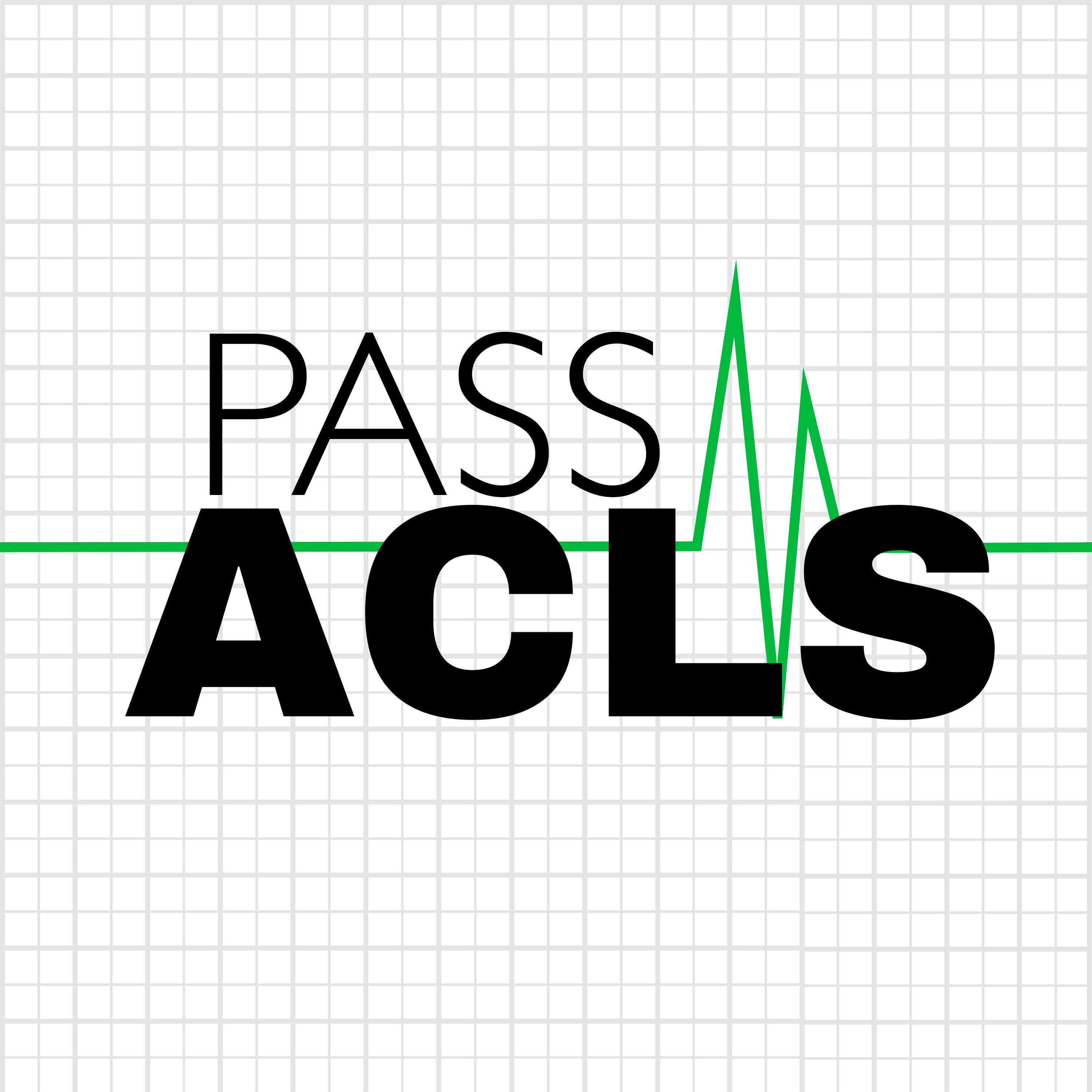Calcium Channel Blockers Used in ACLS
Description
Calcium is one of the ions that move across the cellular membrane during cardiac contraction and relaxation.
The primary use of calcium channel blockers in ACLS is for the treatment of stable, narrow complex tachycardias refractory to Adenosine and to lower the blood pressure of ischemic stroke patients with severe hypertension.
Use of calcium channel blockers for SVT refractory to Adenosine and A-Fib or A-Flutter with RVR.
Contraindications of calcium channel blockers.
Nicardipine use during the treatment of ischemic strokes.
For more information on ACLS medications, tachycardia, or stroke check out the pod resource page at passacls.com.
Connect with me:
Website: https://passacls.com
@Pass-ACLS-Podcast on LinkedIn
Give Back & Help Others:
Your support helps cover the monthly cost of software and podcast & website hosting so that others can benefit from these ACLS tips as well. Donations made via Buy Me a Coffee at https://buymeacoffee.com/paultaylor are appreciated.
Make a difference in the fight against breast cancer by donating to my Men Wear Pink fundraiser for the American Cancer Society (ACS) at http://main.acsevents.org/goto/paultaylor Every dollar helps in the battle with breast cancer.
Good luck with your ACLS class!
More Episodes
Hypothermic patients aren't dead until they are warm and dead.
When a patient’s core body temperature drops below 96.8 F (36 C), they are hypothermic. As the body’s temperature drops below 36 C, hypothermia may further be classified as moderate or severe:
Moderate if the patient’s body core...
Published 09/27/24
Published 09/27/24
The goal of CPR is to keep the brain and vital organs perfused until return of spontaneous circulation (ROSC) is achieved.
Post-arrest care and recovery are the final two links in the chain of survival.
Identification of ROSC during CPR.
Initial patient management goals after identifying ROSC....
Published 09/25/24


